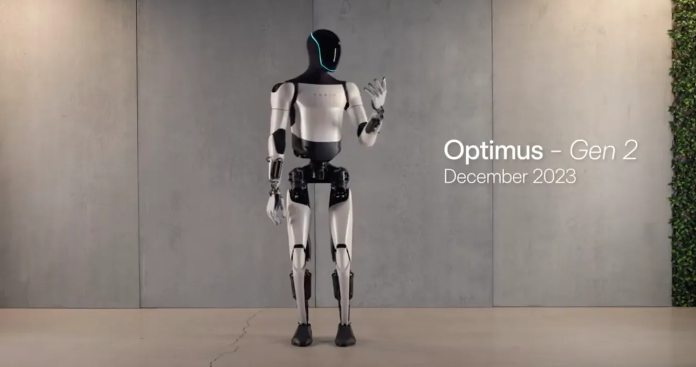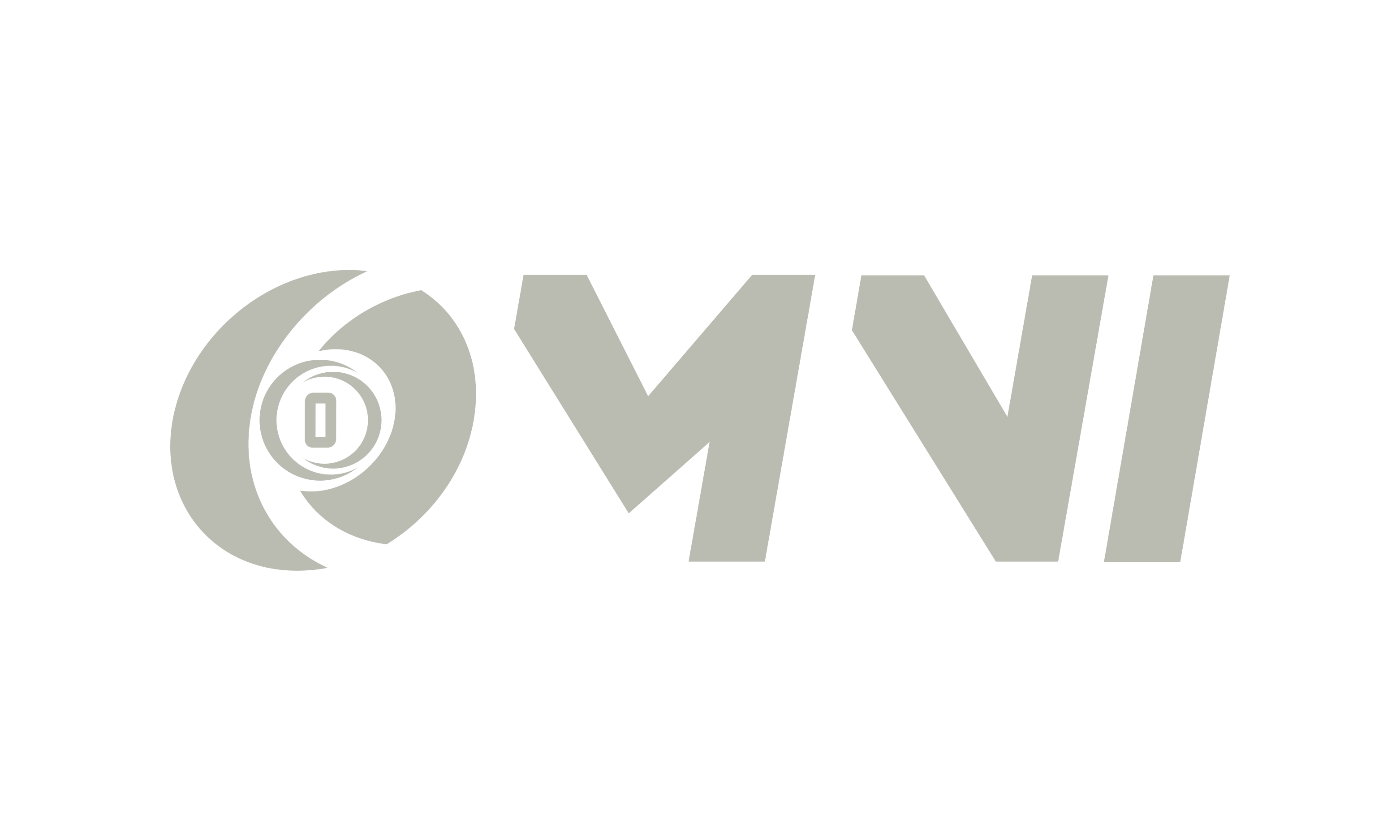The Dawn of a New Era: Tesla’s Optimus Gen 2 Revolutionizes Robotics
admin
December 28, 2023

Tesla’s recent unveiling of Optimus Gen 2, the next generation of its humanoid robot, marks a pivotal moment in the evolution of robotics. As Fred Lambert reported on December 12, 2023, this innovative leap forward promises to redefine the landscape of human-robot interaction by taking over repetitive tasks from humans, a vision that has oscillated between skepticism and anticipation since its inception.
From Skepticism to Reality
Initially met with skepticism and seen as a half-baked idea by Tesla’s CEO Elon Musk, Optimus (or Tesla Bot) has traversed a long road from its somewhat theatrical debut, featuring a dancer in a robot costume, to the less-than-stellar demonstration at Tesla AI Day. However, what seemed like a distant dream is now gaining substantial ground, with Tesla leveraging its extensive AI, battery, and electric motor expertise to bring the humanoid robot to life.
The Evolution of Optimus
Tesla’s journey with Optimus is a testament to the company’s relentless pursuit of innovation. From early prototypes that barely managed to walk and wave, to the significantly more advanced and capable versions showcased at Tesla’s 2023 shareholders meeting, Optimus has been on an upward trajectory of development. The introduction of Optimus Gen 2 is a leap into a new era, with Tesla-designed actuators and sensors, a 30% increase in walking speed, a 10 kg weight reduction, improved balance, and hands capable of handling both weighty and delicate objects.
A Glimpse into the Future
The Optimus Gen 2 is not just a robot; it’s a blueprint for the future of work and human-robot coexistence. With plans to integrate these robots into its manufacturing operations, Tesla is paving the way for a world where robots and humans work side by side to achieve efficiency and productivity previously unimaginable. Elon Musk’s bold prediction that Optimus could account for “a majority of Tesla’s long-term value” speaks volumes about the transformative potential of this technology.
Beyond Robotics: The AI Challenge
While the robotics aspect of Optimus Gen 2 showcases impressive advancements, the true challenge lies in the AI domain. The integration of Full Self-Driving (FSD) technology into Optimus’s AI system is a monumental task, given the current state of FSD Beta. The success of Optimus hinges not only on its mechanical capabilities but also on the sophistication of its AI, capable of navigating the complexities of the real world.
The Road Ahead
Tesla’s Optimus Gen 2 stands at the frontier of a revolution, bridging the gap between the realm of science fiction and tangible reality. As we venture into this new era of robotics, the potential applications of humanoid robots like Optimus are vast and varied, from industrial and manufacturing settings to healthcare and beyond.
The journey of Optimus from concept to reality is a vivid illustration of Tesla’s commitment to pushing the boundaries of what’s possible. While challenges remain, particularly in refining the AI systems that will drive Optimus, the progress made so far is a promising indicator of the robot’s potential to redefine our world.
As we look to the future, Optimus Gen 2 represents more than just a technological marvel; it symbolizes the dawn of a new era in robotics, one where the lines between human and machine become increasingly blurred, opening up a world of possibilities that were once the stuff of dreams.
Tags :

